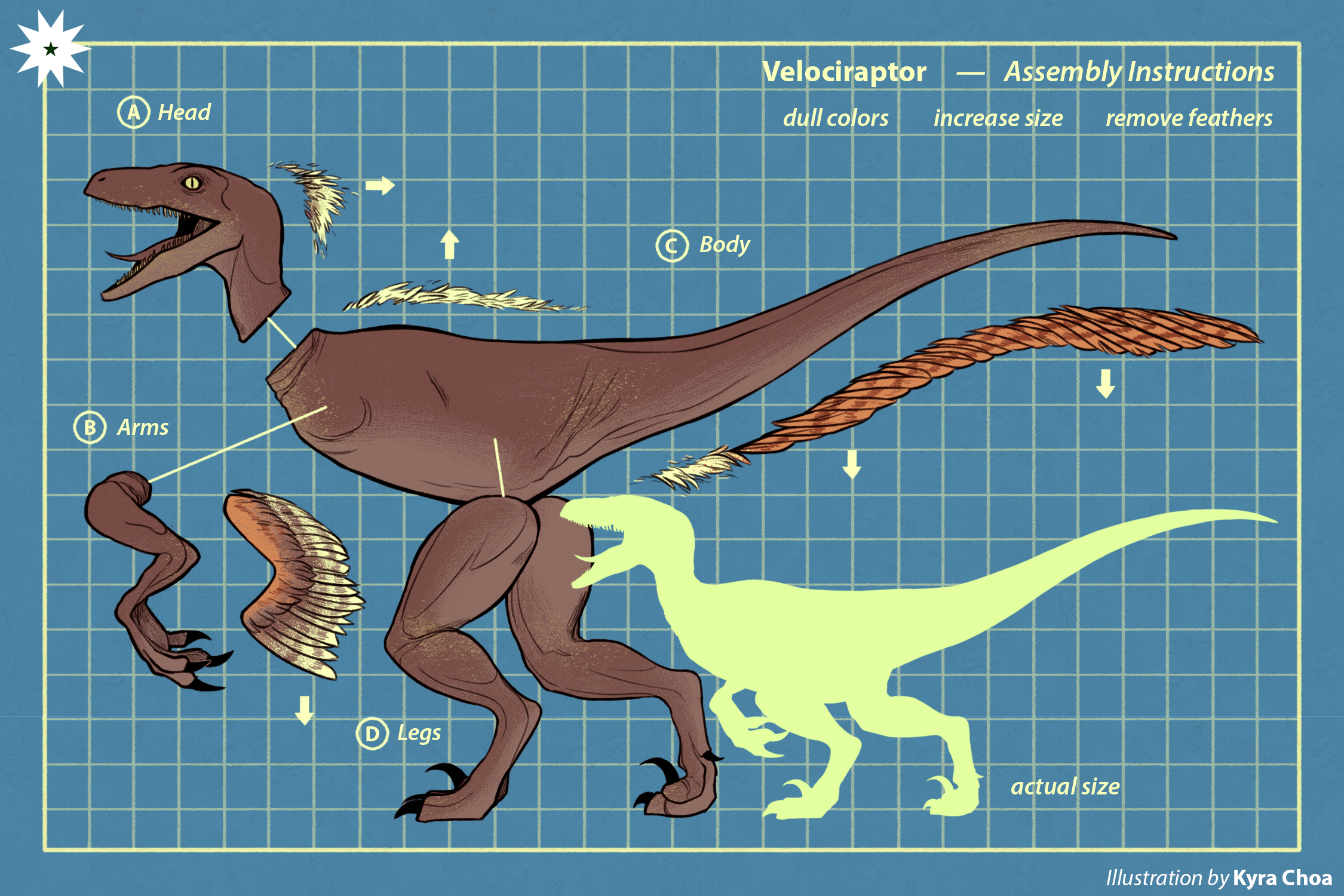Remember when you first held miniature giants in your hands, mimicking their assumed roars and growls? You even watched them on television screens, in cinemas, drew them on blank pages of your book, and wore costumes to appear like them.
As children, most dinosaurs were introduced to us as wingless, dragon-like creatures that we have grown to know have been extinct for millions of years ago. They were characterized by sharp teeth, long necks and tails, accented claws, and reptilian scales. However, dinosaurs have often been the subject of misrepresentation and wronged imagery especially in terms of physical attributes and characteristics when presented in popular media.
It’s in their ‘nature’
Translating to “terrifying lizard” and derived from the Latin word dinosaurus, the term coined for their species contributes greatly to their reputation. With its first known use back in 1841, dinosaurs have since been seen as bloodthirsty and fearsome lizard-like beasts.
As one of the most popular films of all time, Jurassic Park greatly influenced the public’s perception of dinosaurs, making them out to be vicious and terrifying creatures—traits most appealing to many. These prehistoric giants have been branded as such even back in 1925 in the movie The Lost World where the Tyrannosaurus (T-Rex) and the Allosaurus, both meat-eating dinosaurs, were featured as tormentors of the travelers in the story.
Some would ask themselves, “Would it be better to watch lost islanders getting chased by a ferocious bipedal crocodile, or by a humongous fluffy chicken?” The conflict arises when the line between execution and separation of what’s fictional and real is blurred out—which happens quite frequently in the case of these extinct behemoths.

Challenging norms
Since its conception, pop culture has had an unmatched power in shaping perception and imagination of the general public, most notably regarding matters that not everyone has knowledge on.
In the past few years, carnivores like the T-Rex and the Velociraptor have been reimagined to be more feathery and smaller than what people had once thought. With evidences singling out quill knobs in dug up fossils, paleontologists found these as enough proof to conclude that species like theirs were mostly, if not fully, covered up in feathers rather than in scales. Latest findings as well report that the Velociraptor might have been just as big as a chicken, compared to the six-foot man-eater portrayed in the Steven Spielberg hits.
Furthermore, even dinosaurs’ roars we know so well might not be scientifically accurate. In 2009, Jurassic Park’s technical adviser Jack Horner disclosed to the public that the T-Rex’s roar was formed by combining cries of a tiger, an alligator, and a baby elephant. This was later supported when researchers announced years after that the bone structure and the possible anatomy of the king predator would prevent it from actually roaring. In fact, the cries it would let out would be comparable to that of a bird.
Indeed, there has been a noticeable effort to put out more realistic embodiments of dinosaurs. Although, it is still hard to convince the public to change the way they picture these creatures out when most already see dinosaurs in a certain way. This magnifies the problem that has yet to be resolved: the prevalent image of dinosaurs trails immensely behind newer scientific understanding. As updates about them are reported, there is this hesitation to align with how we make them out to be either out of convenience or out of dislike toward the newer findings.
Contributions of ‘paleoartists’
This shortcoming can’t be attributed to hollywood alone. Upon unearthing of fossils, paleontologists cannot immediately picture out how these dinosaurs may look like. That job is mostly up to “paleoartists” that illustrate these creatures. The most critical thing in interpreting their work? It’s the sole bases of their interpretations—the available remains.
In other words, they picture out dinosaurs without taking into consideration possible muscular and tissue formations that may have been crucial in identifying species. This may be the reason behind the little to no variation of how dinosaurs were presented in earlier years of research. It should be noted, however, that these are indeed hard to consider given that there are no traces of them. Paleoartists’ imaginations help out the academe and the scientists at work, but may not prove to be enough for mankind to settle on just that.
In the end, do we really know what they look like? That is a question that is answered with no finality. The only consideration that is, is whether the world wants to continue knowing more about the creatures who roamed around the land before time was set. The response? A roaring yes.
